By B.C. Thimmaiah
Former IAS Officer and Secretary, Ministry of Tourism, Government of India, Rathi Vinay Jha, a Kodavathi from Codanda family, has initiated a project to create a Virtual Museum on Kodava Heritage and Culture. Called ‘Sandooka,’ the Virtual Museum will be a repository of information on the heritage and culture of Kodavas through photographs and videos and would serve as an informative and interactive platform for the community in India and the diaspora, researchers and knowledge-seekers and others all over the world.
Notably, as the Secretary of the Ministry of Tourism, she has conceptualised the Kodava Heritage Centre with a Kodava Museum that is taking shape at K. Badaga village in Madikeri and also released funds from the Union Government for the purpose way back in 2004. However, the Heritage Centre is yet to be completed due to bureaucratic tangles and lack of will power by the elected representatives.
Rathi Vinay Jha is the sister of Codanda G. Somiah, who served as the eighth Comptroller and Auditor General of India and was known for his honesty and impeccable career record. She spoke to Star of Mysore about ‘Sandooka’ Virtual Museum, its intention and present status, how it will benefit the Kodava community and how it will showcase the rich and thriving heritage of the Kodavas. —Excerpts:
Star of Mysore (SOM): Can you please explain the concept of ‘Sandooka,’ the Virtual Museum on Kodava Heritage and Culture?
Rathi Vinay Jha: Sometime in early 2021, I initiated a project to create a virtual museum on Kodava Heritage and Culture. ‘Sandooka’ means a treasure chest. So, the concept of ‘Sandooka’, the Virtual Museum, is to be a repository of the treasured knowledge and memories of the land and people of Kodagu. It is conceived as an interactive online space to showcase the rich and thriving heritage of Kodavas, offering a glimpse into their history, customs and culture. It would continue to keep open to active contributions from the community and others interested in the subject.
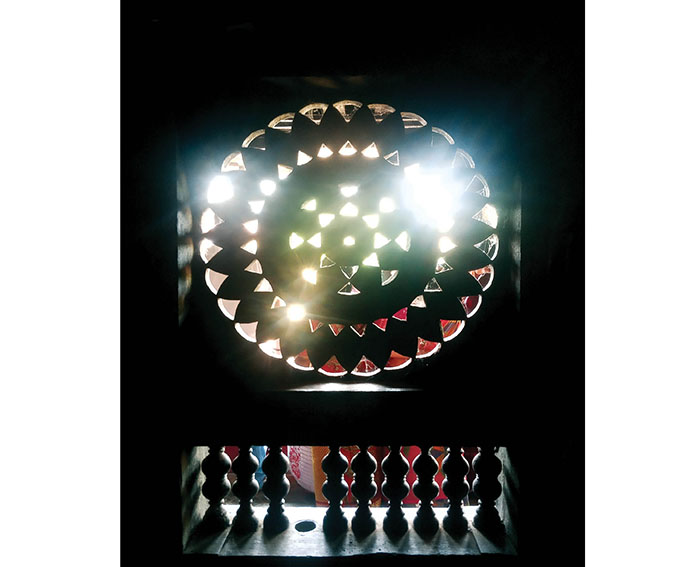
SOM: Is the Virtual Museum part of Kodava Heritage Centre being built in Madikeri? What is the Virtual Museum’s USP and how can it be a treasure trove of live, authentic and tangible information?
Rathi Vinay Jha: Virtual Museum has no connection at all to the Kodava Heritage Centre being set up in Madikeri by the Government of Karnataka. Virtual Museum is a standalone online site that aims to showcase many aspects of Kodagu: The land, its people and its unique culture.
During COVID pandemic, the concept of virtual museums became popular. There were a number of museums including Government-run ones in India that worked towards digitising their collections. Simultaneously, virtual museums as repositories of information with videos and photographs showcasing various subjects also came up.
It is on these lines that a Virtual Museum on Kodava heritage and culture was initiated to act as an informative and interactive platform for the community, the diaspora, researchers and knowledge-seekers. Such museums are created with community participation and on the basis of coordinated research on existing domain knowledge of the history of the land and its communities.
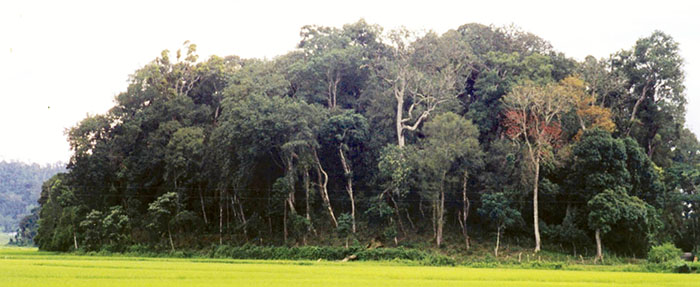
SOM: What is the present status of Virtual Museum project?
Rathi Vinay Jha: The project is still in progress. We have had some trials and also reviews by domain experts in Kodagu and there are some regulatory requirements to be completed. So, there is still work to be done before we launch it. And even after it is launched, the exercise to update constantly, bring in new information and arrange interaction on subjects of relevance and interest will continue. It is conceived to be a continuing and dynamic repository of stories and other information.
SOM: How are well-known Kodava writers and researchers helping in the project and how is the documentation being done? This is in the light of only minimum literature available on authentic Kodava culture, heritage and traditions.
Rathi Vinay Jha: We have reached out to many sources for documentation and presentation on different aspects of interest. It is not limited to information available in just literature. It is laudable, however, to see the kind of research and writing that many Kodavas and others have carried out in the past years.
I salute persons like Boverianda Chinnappa (late) and Nanjamma Chinnappa for their contribution to enriching our knowledge of the ‘Pattole Palame’ and the interesting histories of our families and the Ainmanes. Books like those on Victoria Gowramma and the more recent stories and essays on Coorg by C.P. Belliappa offer a wealth of information and easy reading.
The project team has on board some young Kodavas to help coordinate. One of them is Mookonda Nitin Kushalappa, who is a young Kodava writer. Our young team is guided constantly by our advisors. Even while there is a lot written to date, there is never any point when research, documentation and knowledge-seeking should stop. There is always some new learning when stories are told. When the project is launched, it will be our intention that the repository of information aims to be extensive and useful. We have advisors from the community with domain expertise as well as excellent tech professionals in Virtual Reality / Augmented Reality who will ensure this.
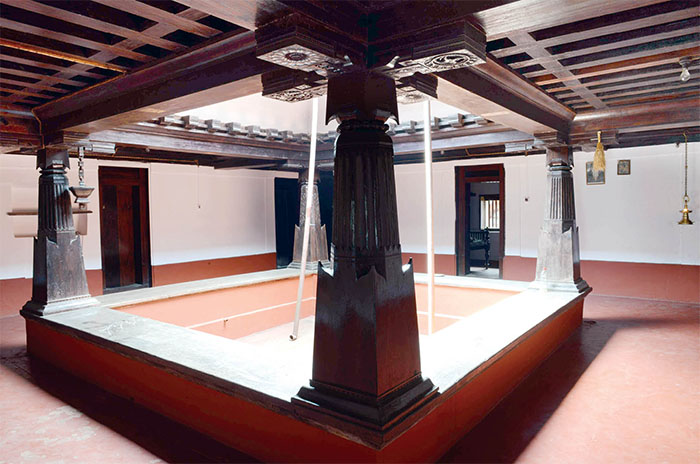
SOM: Though modernisation has opened many opportunities for well-qualified Kodavas, it has also distanced the young from their heritage and culture. How does this Virtual Museum propose to bridge the gap?
Rathi Vinay Jha: Today, social media in its many avatars reaches every corner of this earth and gives every one of us an opportunity to share knowledge, to share stories and invite interaction.
In the last decade-plus supported by strides in technology, there are many websites, YouTube posts, video talks and contests on the community, hosted by young Kodavas. It is a live environment showcasing our history, language, customs, etc. Let us celebrate this rich offering that young Kodavas in India and abroad have offered. The Virtual Museum hopes to complement these efforts.
As I have explained, ‘Sandooka’ will be a living museum that is interactive, continuously growing and participatory. We all must admire, appreciate and support each new offering, be it an attempt to get together the largest community gathering or to felicitate our youths, or be it an occasion to connect all Kodavas. Let us take pride in talking about Kodagu and Kodavas. And make use of every media in this world of media- miracle to enable this to happen. Let each one contribute to this possibility.
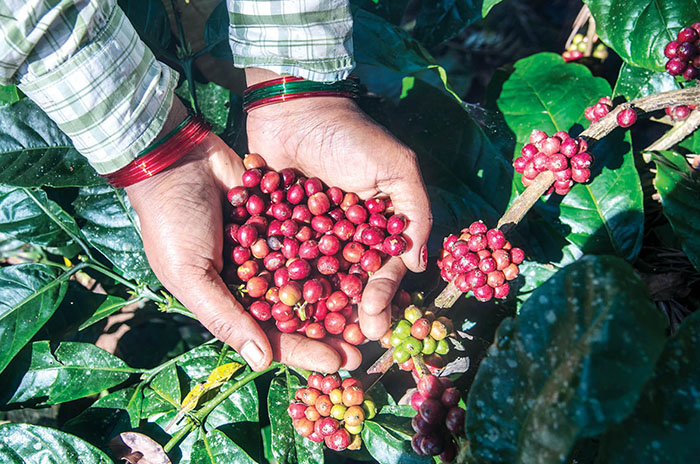
SOM: You mentioned that the Virtual Museum is a living museum. Do you propose to use social media posts like videos and posts uploaded by young Kodavas to make it more appealing to the young crowd and to carry forward the legacy?
Rathi Vinay Jha: Once the Virtual Museum is launched, it will not only use the social media channels but also invite contributions on subjects of interest from Kodavas, young and old as well as domain experts and researchers. This is not just to make it interesting but to make the knowledge spread as relevant to our young and to future generations. We must spread the knowledge about our land and people, especially for the future. Otherwise, there are dangers of getting disconnected from our roots and forgotten.
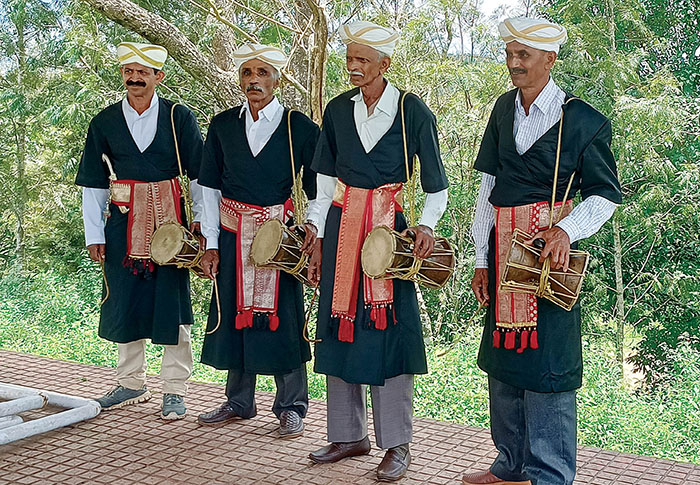
SOM: How was the response from the community when information, knowledge, resources and artefacts were called from the community to set up the Virtual Museum? Can you shed light on the funding aspect?
Rathi Vinay Jha: We have had excellent responses and support from the community. I am grateful to all those who have contributed in different ways. We will be acknowledging all of them. As you know, Kodavas have oral traditions and there can be minor differences in the rendering of stories on customs and traditions in our ‘Okkas.’
It is fortunate that we have some collectors of artefacts in Kodagu and they have come forward to collaborate with the project. We have also documented some family festivals, songs, dances and customs. A number of elders and families were kind to support us with information and permission to photograph events. When it is a community effort, people come forward to help and I believe Kodavas have always welcomed persons who want to know about us. From the perspective of ‘Sandooka,’ we have also respected persons who have wanted certain aspects of rituals not to be filmed, etc.
The initial funding for the project came from Corporate Social Responsibility (CSR) grants from a corporate firm and from a Coorg-based NGO. But funding to support this effort has to continue and we need to plan for the future of the museum. So, we are in the process of planning to ensure that the way forward is smooth and successful.
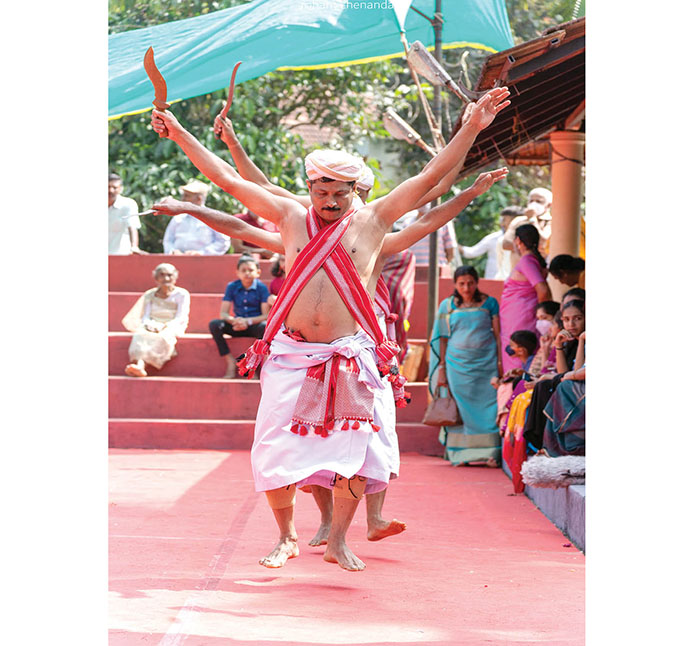
SOM: Deviating from the topic, the Kodava Heritage Centre being built at Madikeri is still a work-in-progress project even after 19 years, despite your conceptualisation, initial push and fund release way back in 2004. What do you have to say to this?
Rathi Vinay Jha: Yes, this project has been languishing all these years. The land was allotted by the Kodagu DC only around 2010 and the building is almost ready. The project has been delayed because of bureaucratic apathy and delayed funding. I have mentioned in one of my earlier interviews with your newspaper that the leaders of the Kodava community, the Kodava Samajas and the political representatives from Kodagu must make a concerted bid to get the attention of the Government to get the museum curated and launched. Kodagu is today a star attraction for tourism and Kodavas are proud of a unique culture that can be showcased. And to curate the museum, there is the excellent example of the General K.S. Thimayya Museum, located in Madikeri. The DC, Kodagu, oversaw the entire exercise in a highly professional manner, with monitoring by a group of Kodava ex-defence personnel. I would urge our ruling party MLAs and community leaders to work towards this last mile to see that the museum gets completed. It has to be a community effort to make it happen.
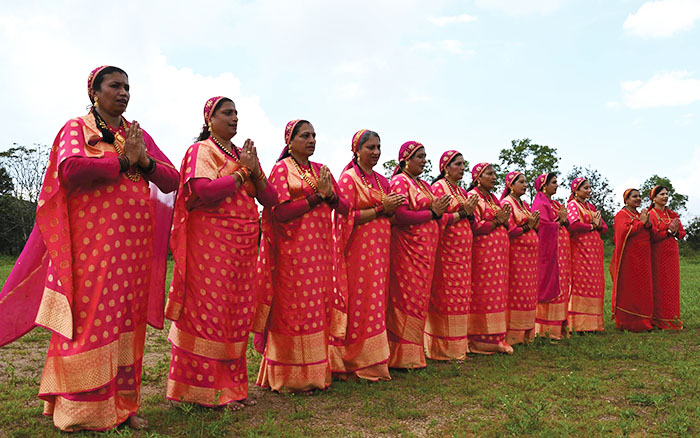
Attention all Kodavas !
Whither Kodava Heritage Centre?
As we publish this interview, it is unfortunate that the Kodava Heritage Centre in Madikeri, first envisioned by the person interviewed here, Mrs. Rathi Vinay Jha, IAS, is still an eyesore of work-in-slow-progress project.
In these days of vanishing Kodavas, in Kodagu land, this project is one of the ways to preserve and protect all that is there as part of Kodava culture and heritage with its geographical identity to this land of hills and valleys in the womb of rich rain forests of the Western Ghats of India. This is the time for reviving the vanishing Kodava culture and heritage by delving into its folklore, archaeology and history. This should be the period of renaissance of Kodavas. Let every Kodava man be a renaissance man with a sense of pride and joy.
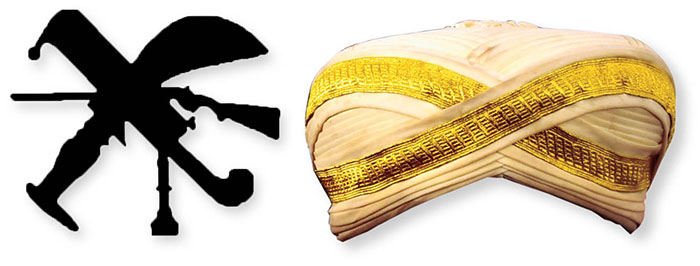
In a democratic country, this kind of renaissance is possible only with the blessings of the Government. Sadly, the local Kodagu BJP MLAs, who represented Kodagu for the last 25 years and boasted of Hindutva and its protection, did not take this project seriously and see where it is today. — Editor




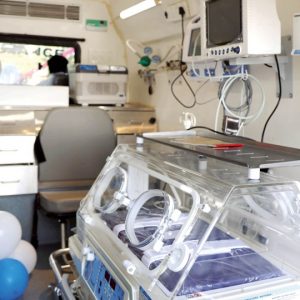
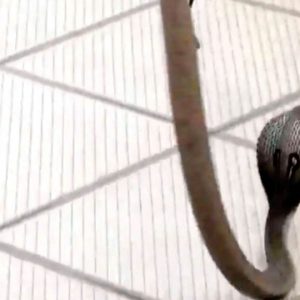
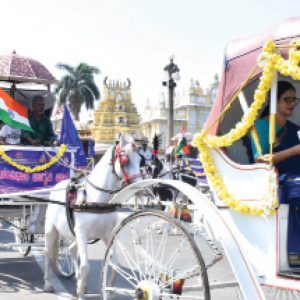

Recent Comments